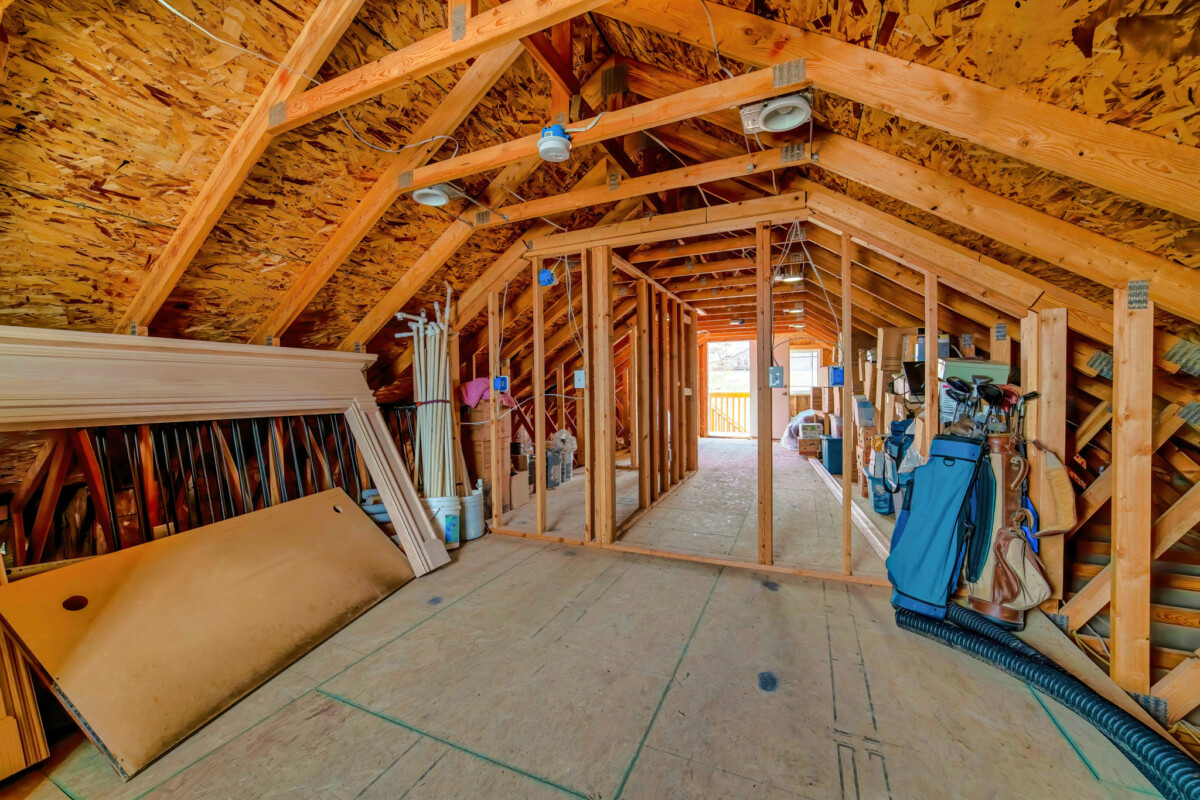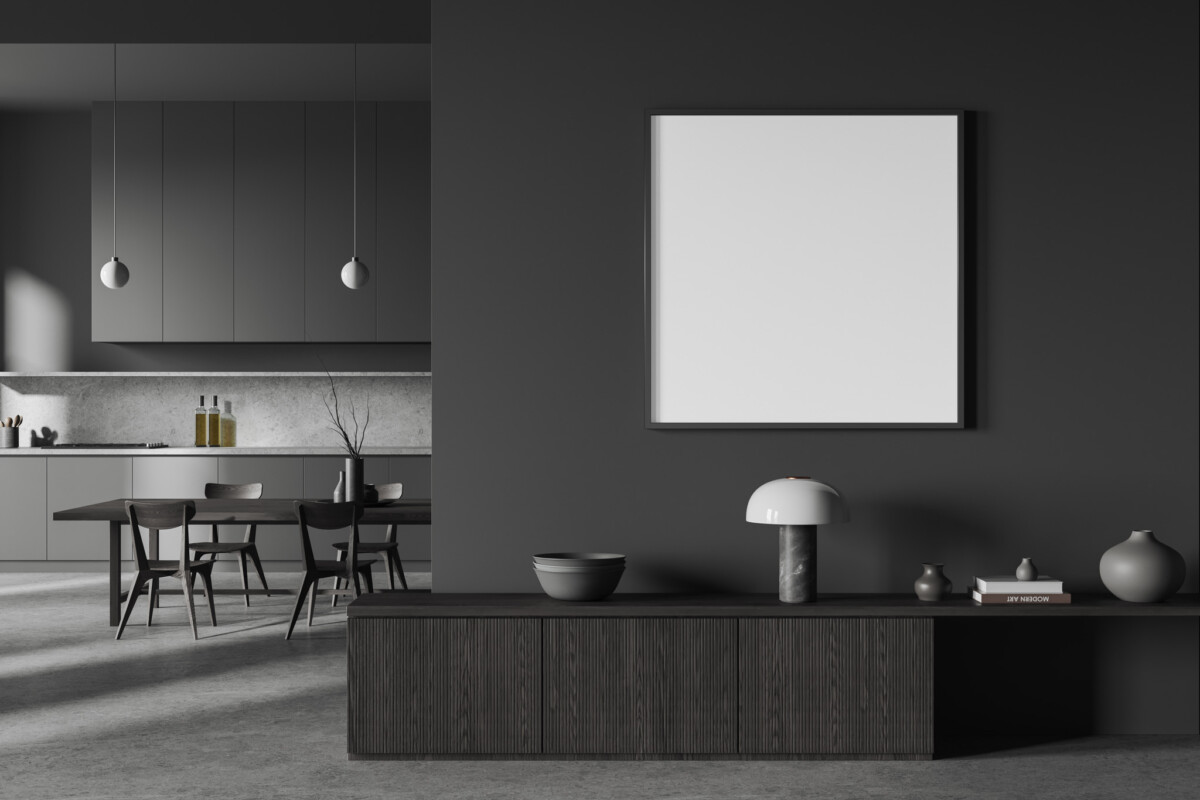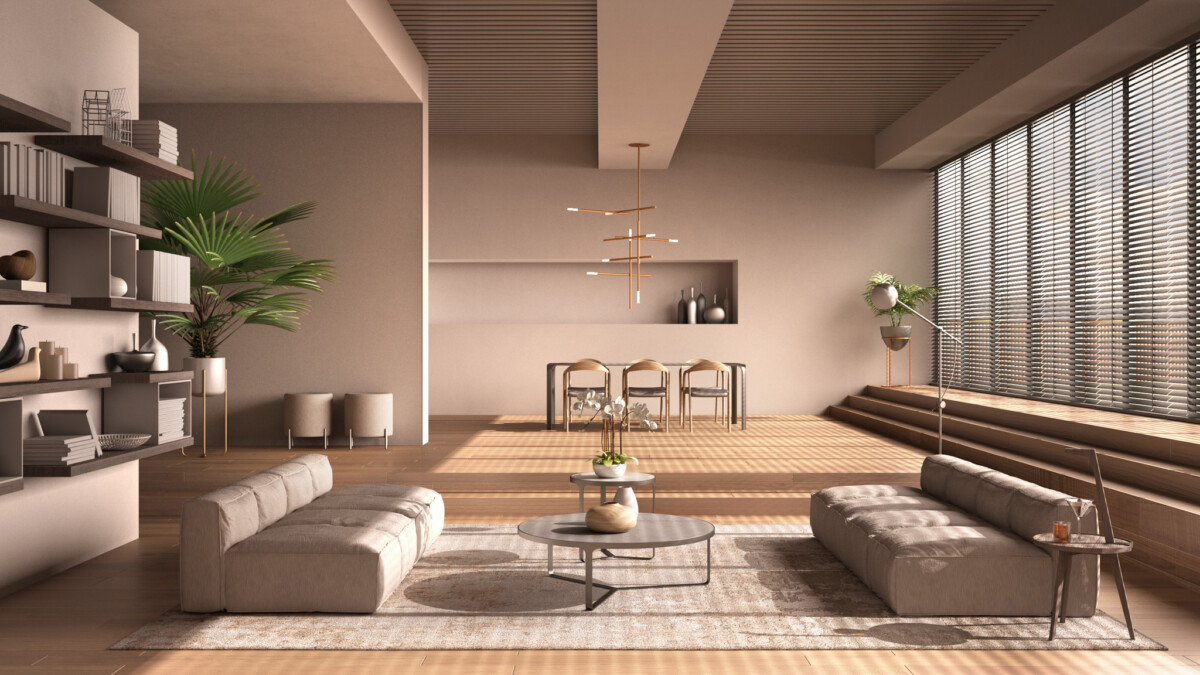In today’s fast-paced housing market, having the right real estate app can make all the difference for homebuyers. Whether you’re a first-time buyer or a seasoned investor, mobile apps now provide access to listings, pricing trends, mortgage calculators, and even virtual tours—all from the palm of your hand. With hundreds of apps on the market, it can be overwhelming to know which one is best suited for your needs.
In this article, we’ll explore the top real estate apps for buyers in 2025, breaking down their standout features, strengths, weaknesses, and what makes each one a wise choice depending on your homebuying goals.
1. Zillow: Best for Overall Use and Property Discovery
Why It’s Great:
Zillow remains one of the most popular real estate apps in the U.S. thanks to its extensive listing database and user-friendly interface. It’s beneficial for buyers in the early stages of home searching who want to explore a wide range of homes and neighborhoods.
Key Features:
- Zillow 3D Home virtual tours
- Zestimate® home value estimates
- Mortgage calculator and affordability tools
- Saved searches with push notifications
Pros:
- Huge database with millions of listings
- Intuitive user experience
- Offers listings from both agents and FSBO (for sale by owner) sellers
Cons:
- Zestimate can be inaccurate in some markets
- Not always up-to-date with the latest listings
Best For:
Homebuyers who want an all-in-one app for browsing, comparing, and saving potential homes.
2. Redfin: Best for Market Data and Lower Fees
Why It’s Great:
Redfin stands out for its transparency and real-time MLS data updates. Unlike Zillow, Redfin operates as a full-service brokerage, which gives it more control over listing accuracy and agent support.
Key Features:
- Real-time MLS data refreshes every 5 minutes
- Redfin Estimate for home values
- In-app scheduling for home tours
- Built-in collaboration tools for sharing favorites with friends/family
Pros:
- Lower commission fees when using a Redfin agent
- Easy to schedule tours and communicate with agents
- Detailed market insights per neighborhood
Cons:
- Limited agent availability in rural markets
- Some features are locked behind using a Redfin agent
Best For:
Buyers are looking for a more data-driven and cost-efficient home buying process with agent support.
3. Realtor.com: Best for MLS Accuracy
Why It’s Great:
Realtor.com is affiliated with the National Association of Realtors and pulls listings directly from over 800 MLSs across the country. This means it often has more accurate and up-to-date listings than apps like Zillow.
Key Features:
- MLS-verified listings
- Mortgage and affordability calculators
- School zone search filters
- Commute time filters
Pros:
- Fastest updates from MLS databases
- Valuable tools for planning home finances
- Trusted source in the real estate industry
Cons:
- The interface is less modern than that of competitors.
- Fewer virtual tour options compared to Zillow or Redfin.
Best For:
Buyers who prioritize accuracy and reliability in listings and financial tools.
4. Trulia: Best for Neighborhood Insights
Why It’s Great:
Trulia, owned by Zillow Group, excels in providing buyers with detailed insights into neighborhoods, including crime rates, school ratings, and lifestyle amenities. This makes it ideal for buyers who are as focused on their location as they are on their purchases.
Key Features:
- Neighborhood heat maps (crime, noise, traffic)
- Resident reviews and Q&A
- Affordability filters
- Interactive map with lifestyle data overlays
Pros:
- Unique neighborhood details
- User-generated local reviews
- Visual and intuitive map interface
Cons:
- Listings sometimes duplicate Zillow entries
- Less emphasis on agent support
Best For:
Buyers relocating to a new city or state who want to understand local vibes before visiting in person.
5. Homesnap: Best for Agent Collaboration
Why It’s Great:
Homesnap is designed with real estate agents in mind, but is also extremely valuable for buyers who want to work closely with a professional. The app allows direct agent messaging, real-time listing updates, and even agent-only data for a more strategic home search.
Key Features:
- Real-time MLS updates
- Integrated messaging with agents
- Property history and off-market insights
- Augmented reality home discovery (snap a photo of a house to get info)
Pros:
- Built for collaboration between buyer and agent
- Highly accurate listing data
- Professional tools for serious buyers
Cons:
- Limited standalone features if you’re not working with an agent
- Smaller user base compared to Zillow or Realtor.com
Best For:
Buyers actively working with an agent who wants a shared platform to manage the search together.
6. Rocket Homes: Best for Mortgage Integration
Why It’s Great:
Backed by Rocket Mortgage, Rocket Homes combines real estate listings with a strong suite of financial tools to help you assess home affordability, get credit advice, and even get preapproved for a loan.
Key Features:
- Credit score monitoring
- Home affordability calculators
- Prequalification through Rocket Mortgage
- Listings synced with your financial profile
Pros:
- Strong integration with mortgage services
- Helps buyers understand long-term costs
- Great for financial planning
Cons:
- Less robust home search features
- Tied to Rocket Mortgage (not ideal if using another lender)
Best For:
Buyers who want to tie their home search and mortgage preapproval into one streamlined platform.
7. Homes.com: Best for Simplicity and Speed
Why It’s Great:
Homes.com focuses on simplicity, speed, and clean design. It doesn’t have as many bells and whistles as Zillow or Realtor.com, but it gets you to listings quickly with minimal distractions.
Key Features:
- Clean, ad-free interface
- Saved searches and favorites
- Direct contact with agents and property managers
Pros:
- Fast, responsive app
- Great for mobile users
- Less cluttered experience
Cons:
- Fewer advanced filters and insights
- Smaller listing database
Best For:
Buyers who want a fast, no-nonsense app to browse homes without distractions or ads.
Final Thoughts: Which Real Estate App Is Best for You?
Choosing the best real estate app depends on your priorities as a buyer. If you’re looking for a broad overview and easy browsing, Zillow or Trulia might be your top choices. If you value real-time accuracy and agent collaboration, Redfin, Realtor.com, or Homesnap are better suited. For buyers looking to integrate mortgage tools into their search, Rocket Homes offers a seamless experience.
Pro Tip:
Use more than one app during your search! Each app has its strengths, and combining them can provide a more comprehensive view of the market.
Thank you for reading! If you enjoyed this article and want to explore more content on similar topics, check out our other blogs at Sonic Loans, Sonic Realty, and Sonic Title. We have a wealth of information designed to help you navigate the world of real estate and finance. Happy reading!
Are you looking for the right loan? Check out Sonic Loans for tailored mortgage solutions that make home financing simple and efficient.
Best Real Estate App for Buyers: Top Picks for 2025
The Traps of Homeownership: What Every Buyer Should Know
Storage Solutions That Sell Homes: Local Market Focus
Multi-Generational Home Design: Creating Harmony Across Generations
Kitchen Design Trends That Add Value
Indoor-Outdoor Living Trends: Creating Seamless Spaces in 2025
Future-Proofing Your Home Design: Building for Tomorrow, Today
Popular Home Styles and Their Features
Real Estate Closing Process Explained












